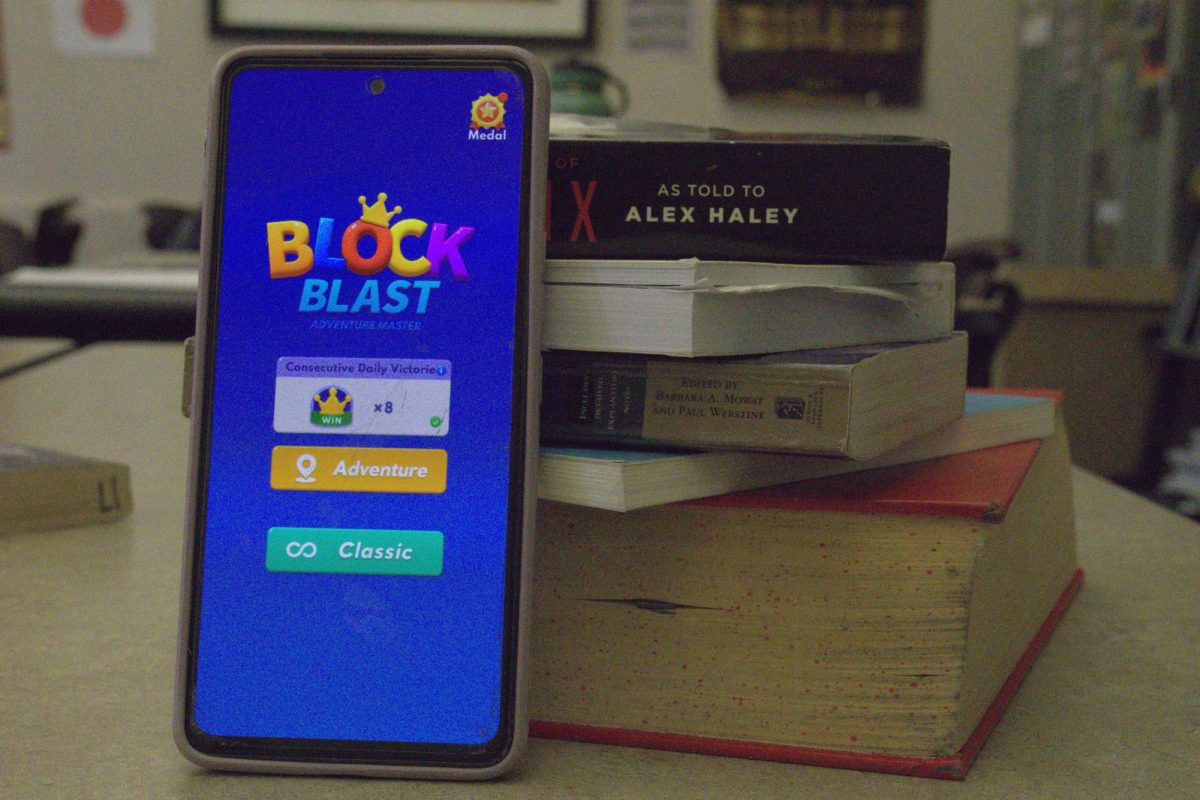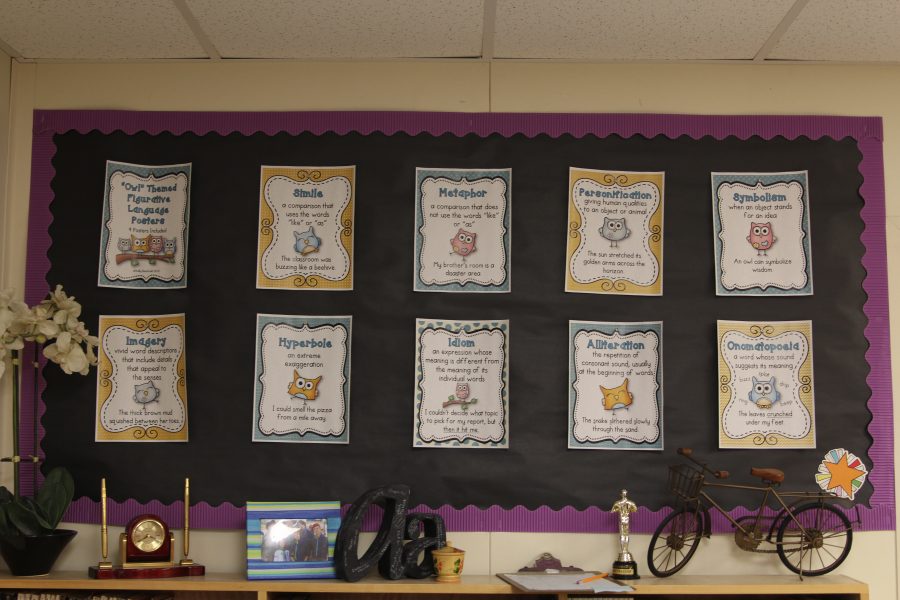Throughout the school day students get to learn about how to cook food from around the world, the latest political processes in the United States, Shakespeare, finding acceleration and velocity derivatives, and how to take care of preschoolers. But another bit of learning students may not have been prepared for is learning how to make their classroom experience less painful and more physically comfortable.

One thing students contend with: broken chairs. While the custodial staff tries to stay on top of this issue, most students will deal with a broken chair at some point during their high school career. When a student sits down on a chair and it snaps beneath them or the student receives a pinch, it causes quite the distraction, if not damage to a student’s personal property. “I feel like I need to avoid the broken chairs because I don’t want to rip my clothing,” says freshman Katelynn Forner. German and English classes appear to have the most broken chairs, according to some students. If students are sitting in an uncomfortable, pinching chair, learning becomes just a little bit harder.
 Besides the chairs themselves, the arrangement of students in the chairs impacts the students daily, too. Seating charts separate students and either lead to a more productive class or a fruitless one. “I never understood high school seating charts. I feel that anyone who can’t make a mature choice about their seating arrangements probably shouldn’t be in high school,” said senior Josh Randolph. The reasoning for using seating charts to learn students’ names are easily negated by the fact students’ generally pick a seat and will stay there for the rest of the year.
Besides the chairs themselves, the arrangement of students in the chairs impacts the students daily, too. Seating charts separate students and either lead to a more productive class or a fruitless one. “I never understood high school seating charts. I feel that anyone who can’t make a mature choice about their seating arrangements probably shouldn’t be in high school,” said senior Josh Randolph. The reasoning for using seating charts to learn students’ names are easily negated by the fact students’ generally pick a seat and will stay there for the rest of the year.
Aside from seating charts, there are a number of ways teachers set up their rooms: rows, tables, clusters of desks in groups, to name a few.. When the desks are set up in groups instead of rows, students are able to converse. Freshman Katelynn Forner prefers this setup because students “are able to help one another.” Carter agrees with her. Collaborating with other students definitely improves the learning process; teaching other students helps to ingrain the material as well as help students understand it.

Teachers do not only pay attention to where the students sit, but most teachers at CHS also try to create a classroom environment that makes learning easier. English teacher Mrs. Whittwer separates her classroom into different areas because she wants the “space to be approachable and appealing to the eye.” The elements of literature poster in her classroom is color-coordinated to make each of the elements pop. Reference material on the wall facilitates easier learning, as well as adds to the classroom’s welcoming environment. As do most of the students, Whittwer likes “desks arranged in groups to build small communities in the larger classroom.” This helps students “get comfortable with each other in small groups so they can be comfortable in larger settings for sharing their work.”
So, as teachers do what they can to help the environment, students who are dealing with uncomfortable chairs or uncomfortable seating arrangements should speak up. They should share with teachers what helps them learn best: chairs or tables? Rows or clusters? Front of the room or back? When teachers hear more student voice in these decisions, perhaps change will be more likely and comfort more common.


































